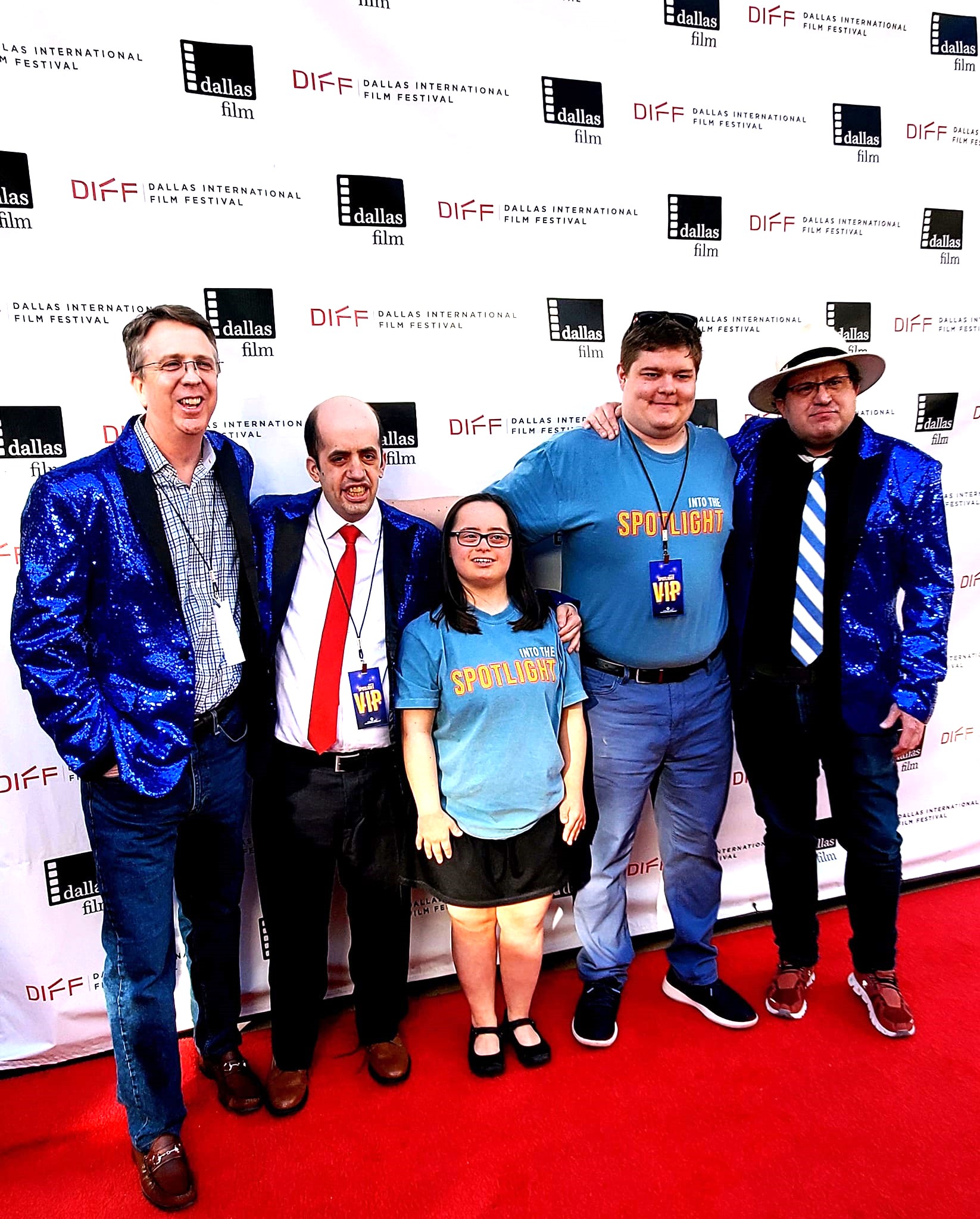Game Industry Cuts: Accessibility Takes The Hit

Table of Contents
The Financial Burden of Accessibility Features
Implementing robust accessibility features presents significant financial challenges for game developers. The costs are often underestimated, leading to their removal during budget cuts.
Development Costs:
Accessibility features require dedicated resources and expertise throughout the development lifecycle. This isn't a simple add-on; it requires careful planning and integration from the start.
- Increased testing time: Thorough testing is crucial to ensure compatibility with various assistive technologies (AT), such as screen readers, controllers, and switch adaptations. This adds considerable time to the QA process.
- Specialized programmers and designers: Creating effective accessibility features requires specialized skills. Developers need expertise in areas like user interface (UI) design for different needs, audio description, and alternative input methods. Finding and retaining these specialists adds to the overall cost.
- Potential for increased development time: Integrating accessibility from the ground up, rather than as an afterthought, inevitably extends the development timeline, impacting release dates and potentially delaying revenue generation. This delay can add pressure to cut corners in other areas, often impacting accessibility itself.
Ongoing Maintenance & Support:
The costs associated with accessibility don't end at launch. Maintaining and updating these features post-release requires ongoing commitment.
- Patching accessibility bugs: Like any software, accessibility features can have bugs. Patching these requires dedicated developer time and resources.
- Adding support for new assistive technologies: The AT landscape is constantly evolving. Games need to adapt to support new technologies and improve compatibility with existing ones. This requires ongoing investment in research and development.
- Responding to player feedback: Valuable feedback from disabled gamers is crucial for iterative improvement. Responding to this feedback, implementing changes, and retesting necessitates ongoing resources.
The Impact on Disabled Gamers
The decision to cut accessibility features has profound consequences for disabled gamers, creating a more exclusionary gaming environment.
Exclusion and Marginalization:
Removing or neglecting accessibility features directly impacts the ability of many gamers to enjoy games. This exclusion is not just inconvenient; it can be deeply isolating.
- Visual impairments: Lack of screen reader support, alt-text for images, and sufficient color contrast excludes players with visual impairments.
- Motor impairments: Insufficient controller customization options, lack of alternative input methods (like eye-tracking), and unresponsive controls prevent many with motor impairments from participating.
- Cognitive or auditory impairments: Absence of subtitles, audio descriptions, clear and concise UI, and adjustable text size severely limits the accessibility for players with cognitive or auditory impairments.
Negative Public Perception:
Cutting accessibility features can severely damage a game's reputation and significantly impact sales. The gaming community is increasingly vocal about inclusivity.
- Loss of potential customers: Excluding players with disabilities results in a significant loss of potential customers. This has immediate and long-term economic consequences for developers and publishers.
- Negative press and social media backlash: The gaming community is quick to call out companies that prioritize profits over inclusion. Negative press and social media campaigns can severely tarnish a game’s image and impact sales.
- Damage to brand image associated with inclusivity: A reputation for neglecting accessibility can significantly damage a studio’s or publisher’s brand, impacting future projects and partnerships.
The Future of Accessibility in Game Development
The industry needs a paradigm shift to ensure accessibility is not an afterthought but a core design principle.
Prioritizing Accessibility from the Start:
Integrating accessibility considerations from the outset is essential for both ethical and practical reasons.
- Universal design principles: Applying universal design principles ensures that games are inherently accessible to a wide range of users without requiring special adaptations.
- Usability testing with disabled players: Involving disabled players in the testing process provides invaluable insights into potential accessibility issues and informs design decisions.
- Collaborating with accessibility experts: Consulting with accessibility experts ensures that games are designed with best practices in mind, from the initial concept to final release.
Industry-Wide Collaboration and Standards:
Collaboration and the adoption of industry standards are vital for reducing the perceived cost and complexity of implementing accessibility.
- Shared resources and best practices: Sharing resources like accessibility guidelines, toolkits, and best practices across studios reduces duplication of effort and lowers individual costs.
- Development of accessible game development tools: Creating specialized tools and engines that support accessible game development can streamline the process and make it more efficient.
- Creation of industry standards for accessibility: Standardized guidelines and certifications for accessibility would help developers understand expectations and ensure a higher level of consistency across the industry.
Conclusion
The cuts to accessibility features in video games represent a troubling trend. While financial pressures are a reality, the industry must recognize its ethical and business imperative to create inclusive experiences for all. Prioritizing accessibility in game development from the initial design, fostering industry collaboration, and embracing universal design principles are crucial steps towards a more equitable and enjoyable gaming experience. Let's demand better accessibility in games and support studios that actively champion inclusivity. The future of gaming depends on it.

Featured Posts
-
 Escape To The Country What To Expect When Relocating
May 24, 2025
Escape To The Country What To Expect When Relocating
May 24, 2025 -
 Fly Local Explore Global The Ae Xplore Campaign Launches At England Airpark And Alexandria International Airport
May 24, 2025
Fly Local Explore Global The Ae Xplore Campaign Launches At England Airpark And Alexandria International Airport
May 24, 2025 -
 Nemecke Spolocnosti A Vlna Prepustania Analyza Situacie
May 24, 2025
Nemecke Spolocnosti A Vlna Prepustania Analyza Situacie
May 24, 2025 -
 Tulsa King Season 3 Sylvester Stallones New Set Image Shows Off His Style
May 24, 2025
Tulsa King Season 3 Sylvester Stallones New Set Image Shows Off His Style
May 24, 2025 -
 Cheapest Flights Around Memorial Day 2025 A Date Guide
May 24, 2025
Cheapest Flights Around Memorial Day 2025 A Date Guide
May 24, 2025
Latest Posts
-
 Sylvester Stallones Tulsa King Season 2 Blu Ray Sneak Peek
May 24, 2025
Sylvester Stallones Tulsa King Season 2 Blu Ray Sneak Peek
May 24, 2025 -
 The Last Rodeo Highlighting Neal Mc Donoughs Acting
May 24, 2025
The Last Rodeo Highlighting Neal Mc Donoughs Acting
May 24, 2025 -
 Experience Free Films And Meet Stars At The Dallas Usa Film Festival
May 24, 2025
Experience Free Films And Meet Stars At The Dallas Usa Film Festival
May 24, 2025 -
 Free Movie Screenings And Celebrity Appearances At The Usa Film Festival In Dallas
May 24, 2025
Free Movie Screenings And Celebrity Appearances At The Usa Film Festival In Dallas
May 24, 2025 -
 The Last Rodeo Neal Mc Donoughs Leading Man Performance
May 24, 2025
The Last Rodeo Neal Mc Donoughs Leading Man Performance
May 24, 2025
